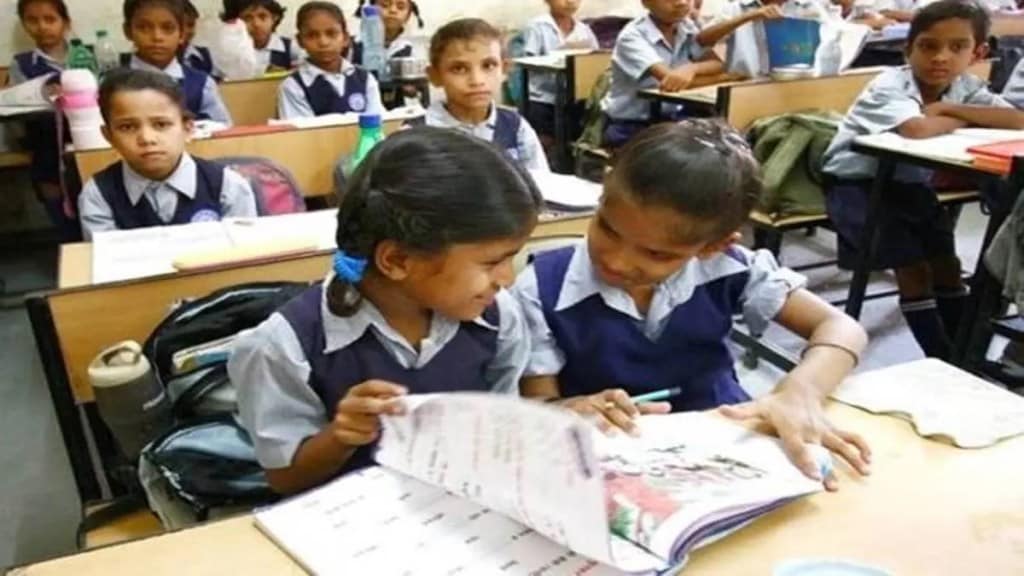Students in primary and middle school across India made minimal gains in lifting themselves up in terms of English reading skills over the past decade, according to a report by the Annual Status of Education Report (ASER) 2022.
The report further states that the number of class 8 students who read English shrunk between 2012 and 2022.
The latest report also tested students’ capability of reading English, to which they found that Class 5 students’ ability to read simple English sentences has stayed more or less at the 2016 level: from 24.7 per cent in 2016 to 25.5 per cent in 2022.
While in the case of class 8 students, the level has dropped from 47.1 per cent to 46.7 per cent.
This sudden stillness in the report was visible even before the pandemic started. For example, the percentage of students who read English sentences was 22.6 per cent in 2012 and rose to 24.0 per cent and 24.7 per cent in 2014 and 2016, respectively, which is marginally significantly less.
For class 5 students, the percentage dropped from 47.1 in 2012 to 46.8 per cent in 2014. Furthermore, it dropped even more in 2018 when the level reached 45.3. However, in 2022 the level again rose back to 46.7.
Other than this data, the survey also took account of other students, who could not read capital letters as well as those who could read small letters or simple words.
The report stated, “Of children in standard III who can read words but not sentences in 2022, about half could tell the meaning of the words they had read (55.3 per cent). For children who are able to read sentences, comprehension increases in higher grades. For example, 55.3 per cent of all standard III children who can read sentences in English were able to tell the meaning of the sentences, while 68.5 per cent of all standard VIII children who can read sentences could do so.”
The ASER report is responsible for shedding light on learning outcomes in schools. It captures the state of foundational literacy and numeracy in the country, as reported by The Indian Express. The survey is led by the Pratham Foundation, which was last conducted in 2018. The latest report has been released after four years. The ASER report was introduced in 2007.
ALSO READ | JEE Main 2023 exam: City intimation slip released on jeemain.nta.nic.in, Here’s how you can check it


